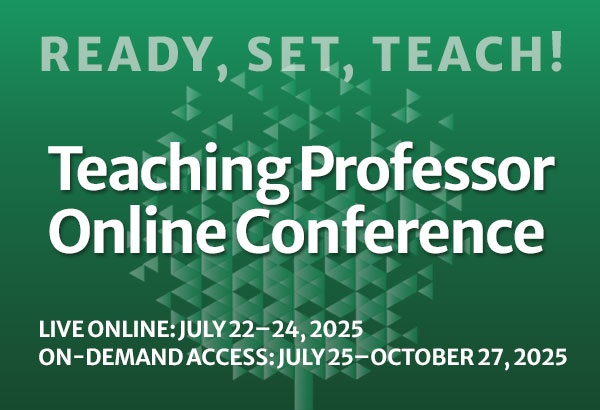Nine Online Course Development Tips
As an instructional designer and online instructor at the Community College of Baltimore County Catonsville, Dionne Thorne has worked with many instructors as they develop their online courses. Based on this experience, she offers the following advice on the course design process:



